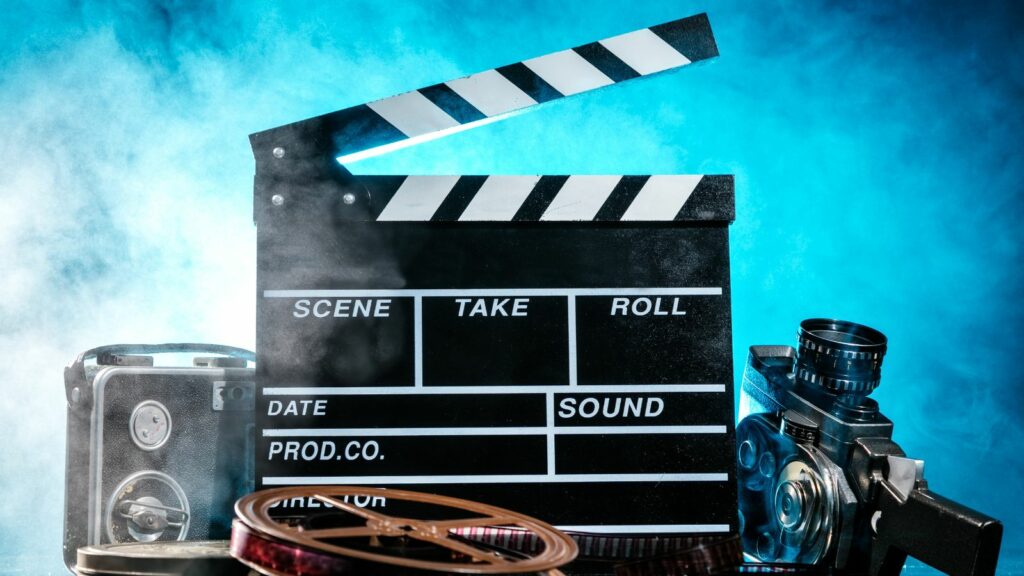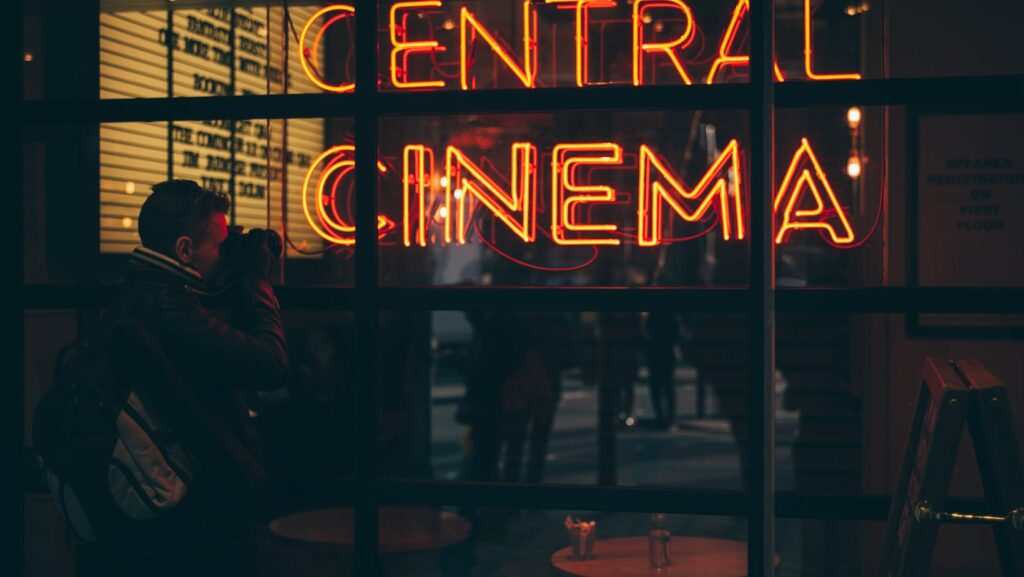In the world of filmmaking, the power of a well-crafted cinematography reel can’t be overstated. It’s the visual resume, the portfolio that showcases a cinematographer’s skill, style, and versatility. It’s the ticket to landing that next big project or dream job.
Cinematography Reels

In essence, cinematography reels play an integral role as a visual resume in the cinematic world. They’re an enticing amalgamation of a cinematographer’s best work, often meticulously and creatively arranged to display the individual’s unique style and capabilities. A cinematography reel constitutes varying elements from different projects the cinematographer has worked on, including shorts, features, commercials, documentaries, and music videos. It’s a tool designed for showcasing one’s proficiency in using lighting, cameras, and other equipment – testifying their ability to capture compelling visuals.
Anatomy of an Effective Cinematography Reel
Role of Aesthetic Visuals
Aesthetic visuals serve a pivotal role in a cinematography reel. They’re not just appealing, they’re the demonstration of a cinematographer’s proficiency. Aesthetic visuals encompass effective use of lighting, creative camera angles, and deft handling of other equipment to capture compelling visuals. Every frame in the reel is an opportunity to illustrate the cinematographer’s skill in turning even the mundane into beauty.
In the quest to impress, cinematographers often opt for dynamic shots. For instance, smooth tracking shots, dizzying aerial shots, or clever use of shadows and color grading all demonstrate a rich understanding of aesthetics.
Significance of Editing and Transitions

The art of an effective reel doesn’t stop at great visuals — it extends to proficient editing and transitions. True to its nature, a reel’s a compilation of the best works from different projects. But stitching them into a cohesive narrative requires skillful editing.
Transitions in a reel play a crucial role in connecting these fragmented shots and endowing them with a sense of continuity. Cuts, dissolves, and fades don’t merely serve as links; they are components of the overall storytelling.
A well-edited reel doesn’t just display disparate shots. Rather, it creates a cohesive narrative that showcases the cinematographer’s versatility and skill in seamlessly blending disparate shots into a single, engaging whole.
Creating Your Own Cinematography Reels
Tips for Producing Impressive Reels

- Showcase a Unique Style: The reel should portray the cinematographer’s distinct creative technique, displaying their ability to produce visually stunning works using a blend of lighting, camera angles, and equipment handling.
- Tell a Story: Cinematographers are storytellers, so beautifully crafted reels tell stories that elicit emotions from viewers. For instance, a sequence of shots from a drama film could depict a heart-wrenching narrative of loss and recovery.
- Mind the Edit: Conveying versatility implies the careful selection of shots and ensuring smooth transitions that stitch different clips into a cohesive narrative.
- Keep it Short and Engaging: It’s advisable for reels to be under two minutes, ensuring they grip viewers’ attention from beginning to end.
- Use High Quality Footage: A reel filled with high-resolution footage portrays professionalism and reflects well on the cinematographer’s attention to detail.
- Inconsistency in Style or Quality: Consistency is key in both visual style varied, and quality of footage keep uniform. As an example, some reels switch from slick, professionally shot scenes to grainy, hand-held shots, which can be jarring for viewers.
- Overloading the Reel: It’s tempting to add in every project completed. Yet, the reel’s aim isn’t to include all footage but the most impressive ones.
- Prolonged Duration: Keeping the reel short enough to maintain interest is more challenging, but crucial. A viewer’s attention span might last three minutes at most.
- Poor Edit: Seamless transitions between clips not only tell a story but also demonstrate the cinematographer’s ability to create a visually cohesive piece.
- Lack of Personal Branding: The reel should reflect the cinematographer’s identity, their aesthetics, and mark of visual craftsmanship.
Displaying Technical Expertise
Crafting a compelling cinematography reels isn’t just about stringing together impressive shots. It’s about telling a story, showcasing a distinctive style, and displaying technical expertise. It’s about making the viewer feel something. Smooth editing and transitions play a critical role in creating a cohesive narrative, while keeping the reel short and engaging keeps viewers hooked.


